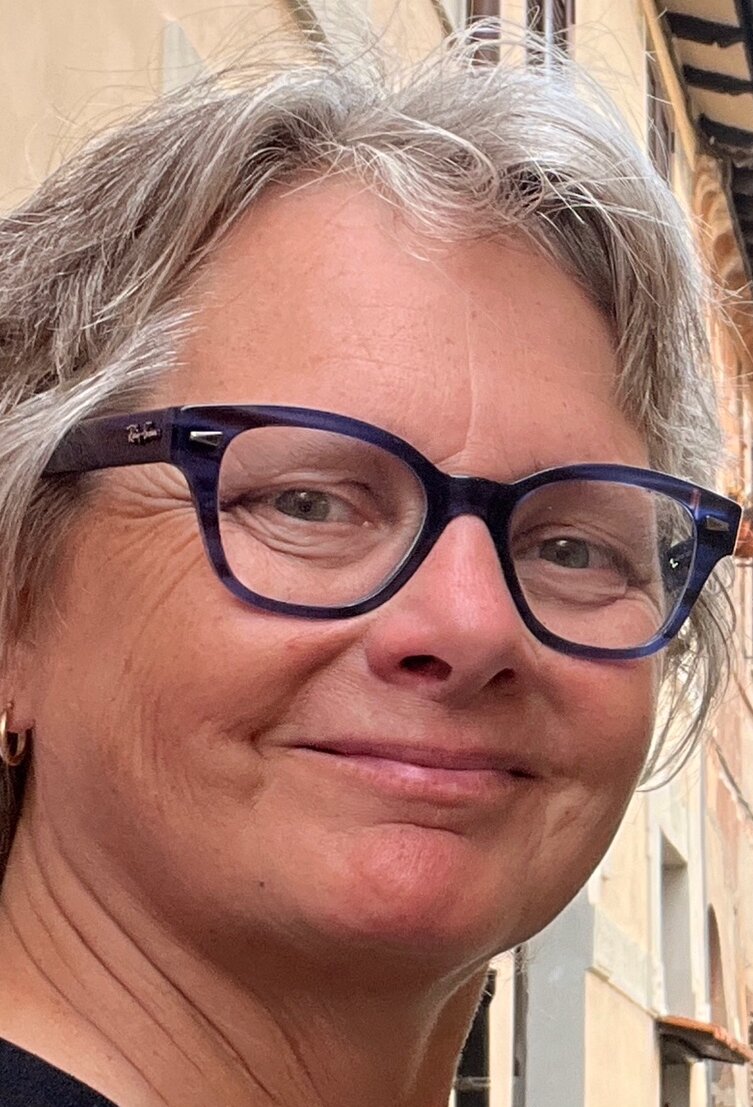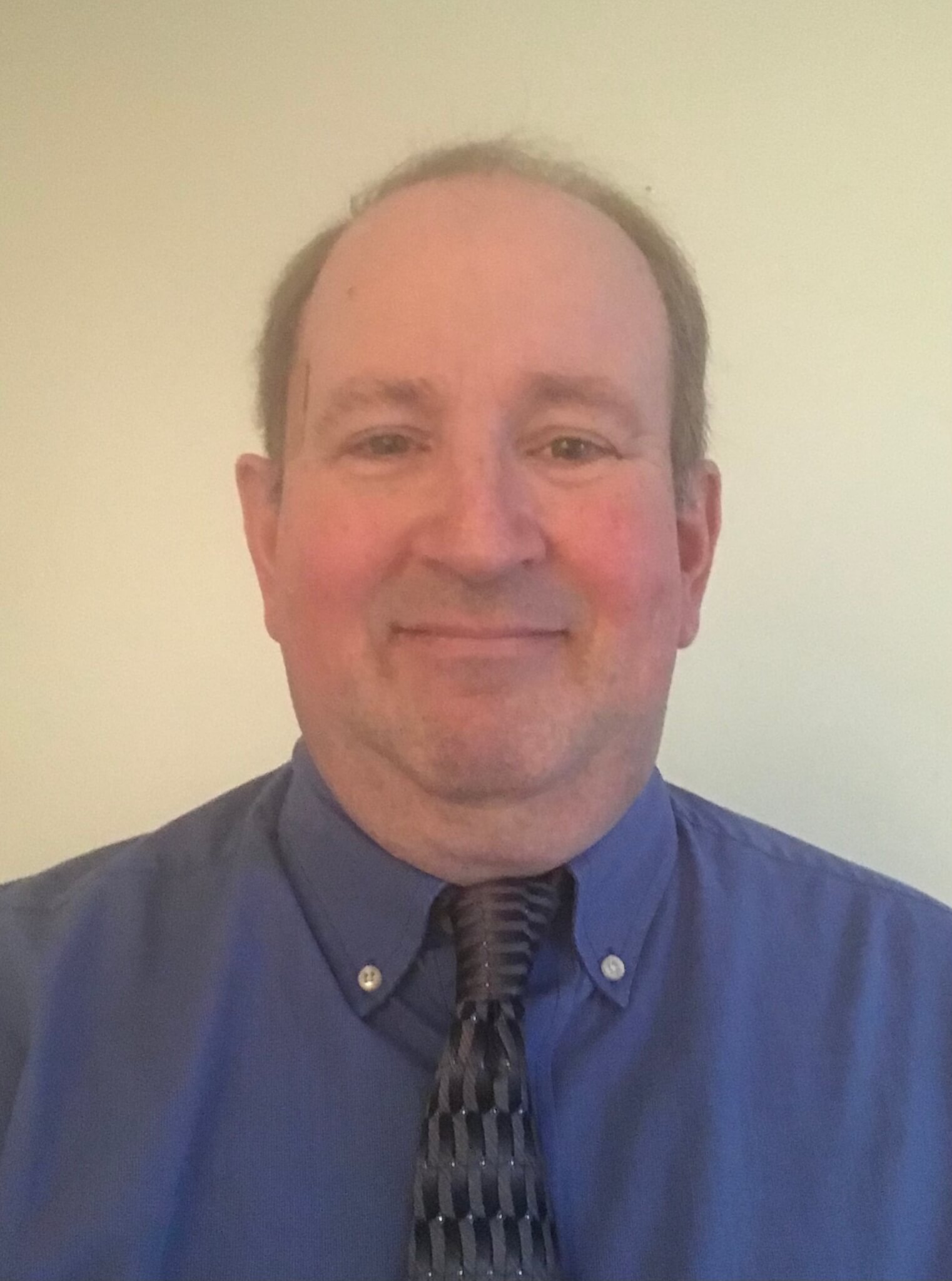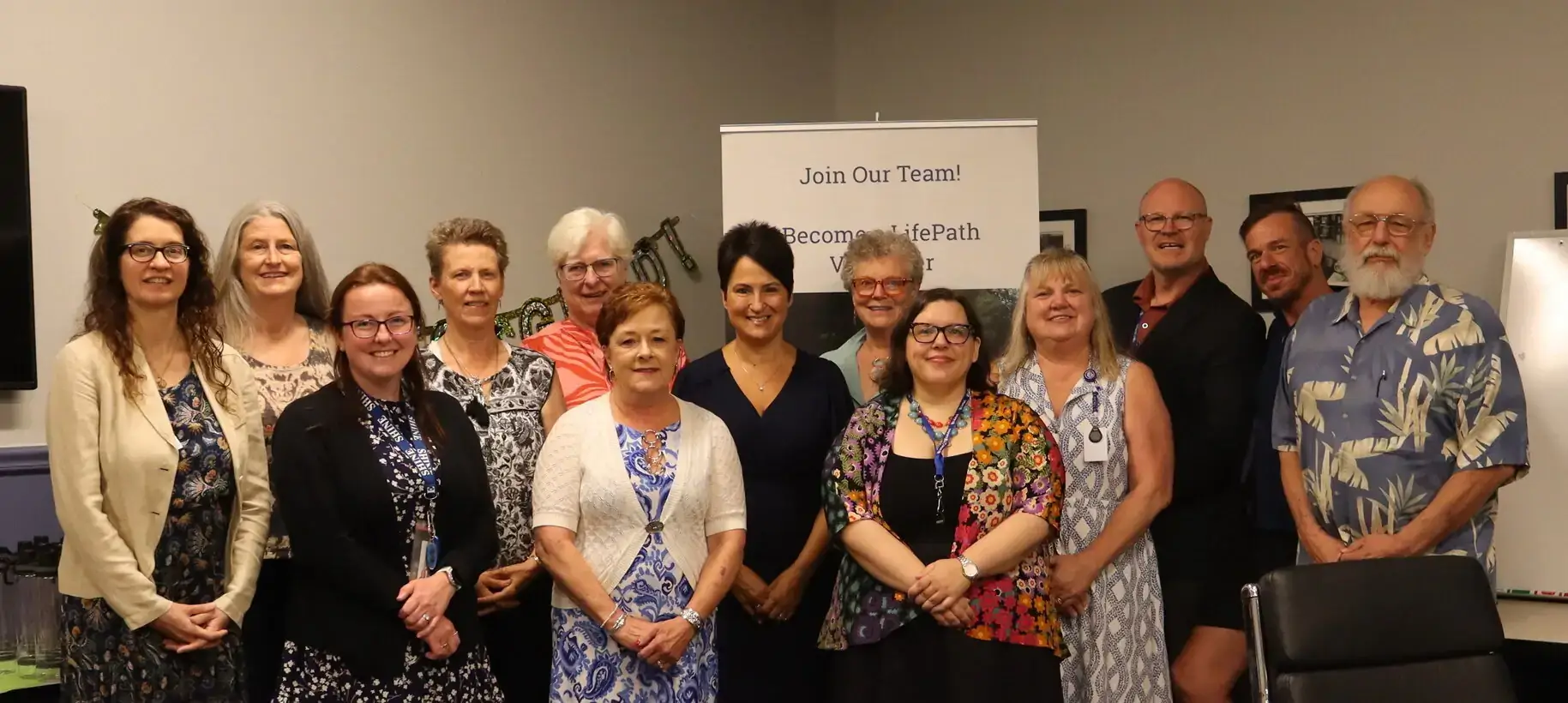Those of us who care for older adults with memory or mobility challenges know that sometimes it’s simply easier to wait on the person than it is to ask them to move. Or we may experience these challenges ourselves. While we generally understand that being sedentary is not good for health and we are supposed to walk, exercise, and move, I want to delve into a bit of the “why” moving matters and then share some tips on how to move when moving is hard.
The first thing to understand is flow. Flow is our food moving through our system without getting stuck. It’s our blood moving through our veins and arteries, transporting nutrients and waste and oxygenating our cells. If there is no flow then we become unwell because waste builds up and pollutes our cells, and we don’t feel well—we feel sick. Combine that with medication side effects, aches and pains, grief, loss, sensory deprivation (hearing and vision loss), struggles with activities of daily living, and challenges with appetite and absorbing fluids, and we can begin to understand that being an older adult can be a lot of hard work. When we feel sick and we are in pain, we don’t feel like moving, even though we know that by moving our bodies we can begin to feel better.
When we feel sick and we are in pain, we don’t feel like moving, even though we know that by moving our bodies we can begin to feel better.
But the way we move matters as well. While walking a certain amount of steps per day may seem like a great goal, it is how we move that is more important. Shuffling the walker and pounding the pavement to get steps in may achieve a goal, but optimal human gait is about balance and flow. It starts with the head. How we hold our head and where our shoulders are positioned are just as important as the way our foot connects to the ground. Our heads weigh about 12 pounds and are balanced on our spines with a lot of muscles. Having a well-positioned head on our shoulders by looking straight ahead and not at our feet, is important. Hanging one’s head forward rounds the shoulders and strains the neck muscles, leading to a rounding of the back. When moving our arms from our shoulders, the left arm is supposed to move with the right leg. This motion connects through the pelvic girdle, and in combination with breathing through the nose into the lower lungs, is part of the abdominal pumping system. We know mouth breathing and slouching are not optimal. But why? Because it limits flow.
We all know that it is important for the heart to pump, but many of us are not aware of the veno-muscular pumping system. A fully functioning veno-muscular pumping system is not electrically activated like the heart—instead it is activated by movement. This vital system consists of the abdominal pump, the thigh pump, the calf muscles, and the foot. The calf pump does forty percent of the heavy lifting to return blood from the lower extremities to the heart. Any movement is good because it activates this veno-muscular system and helps the heart do its job.
Movement can happen while walking, sitting, or lying in bed. We can release tension and start flowing by shrugging the shoulders, taking 5 deep nose breaths, and then gently trying some heel lifts to activate the calf pumps. Once those are working, try rotating ankles with a bent knee and open hips (this means legs apart and relaxed). This can be done in bed, or while sitting with legs elevated in a lounge chair. The point is to release the tension so that the muscles can relax (fill) and then pump (flow).
The ankle, foot, and toes should not be stiff. Like the handle on an old-fashioned water pump, they play an important role. The foot acts as a venous reservoir and when it is moved up, down, and around (like conducting the orchestra) the veno-muscular system is activated, once again helping flow and returning blood to the heart.
We need to be aware of this while exercising. When we hold our shoes on by gripping with our toes, we not only impede our toes’ ability to help us balance, we also deny the foot its pumping abilities, which increases pain because it causes tension. Toes are designed for balance, and to help with pumping; they were not designed for gripping shoes (even though they can). Just because you can slip a shoe on easily, does not mean that’s the end game. Securing a shoe so the heel doesn’t move during exercise, and there is no slippage or toe grippage going on, reduces the chances of a fall and allows the cardiovascular and lymphatic systems to flow better.
Ease and flow can be practiced often and needs no equipment. Doing shoulder shrugs (shoulder to ear) and rolling one shoulder and then the other is a great technique for not only releasing tension but also improving breath, and it is easy enough to do at the kitchen table. Tai chi, qigong, and yoga also help.
It turns out that rolling shoulders, breathing, opening hips, doing heel raises and easy ankle rotations, and wiggling toes is just as important to our wellness as good nutrition and fluid intake. When we help our circulation we feel better, and when we feel better, we can participate in activities we enjoy. My suggestion is to try a little movement at each mealtime and during each ad or show break if you are watching TV. Whether you do it for 1 minute or 5 minutes, it’s the doing that is important. A little ease and flow is a gift to yourself and brings joy.




